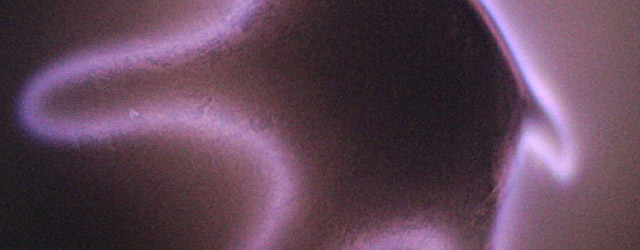New precision coating method for industrial granular material (Vol. 48 No. 1)

Deposition of a thin film catalyst of a predicted thickness on the surface of novel hydrogen storage microbeads helps release hydrogen.
As anyone who eats their cereal with milk in the morning knows: coating large volumes of granular material homogeneously is no mean feat. In a recent paper published by the authors, they have developed a new method, based on physical vapour deposition, to upscale the quantity of coating without affecting the quality and homogeneity of the film. In this study, they also developed a model capable of predicting the film thickness. This represents a major step forward for industrial materials, as previous approaches relied on optical measurement after the coating had been deposited. Because this coating system is capable of implementing a plasma close to the granular substrate, it opens the door to new surface treatment and modification possibilities. Applications are expected for the many granular materials used in industry, including, for example, a novel hydrogen-storage system, which stores hydrogen in hollow glass spheres. Hydrogen stored in microbeads can be released by applying heat to the spheres. The new method helps meet the challenge of applying heat to the beads, thanks to a chemical reaction triggered by a catalyst, which is applied to the sphere's surface.
A. Eder, G.H.S. Schmid, H. Mahr and C. Eisenmenger-Sittner, Aspects of thin film deposition on granulates by physical vapor deposition, Eur. Phys. J. D 70, 247 (2016)
[Abstract]






